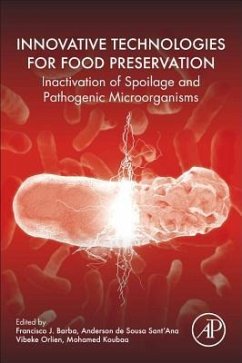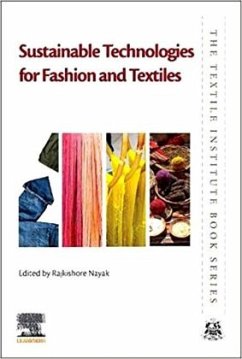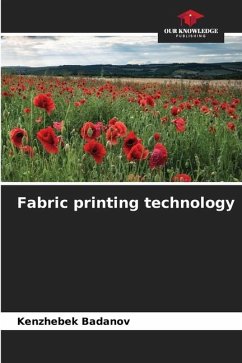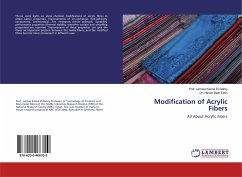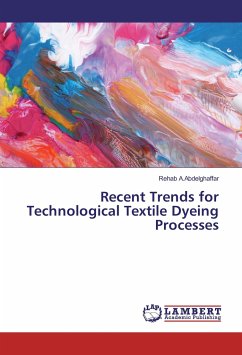
Recent Trends for Technological Textile Dyeing Processes
Versandkostenfrei!
Versandfertig in 6-10 Tagen
24,99 €
inkl. MwSt.

PAYBACK Punkte
12 °P sammeln!
Textiles, and their final products, constitute the world's second major industry. Dyeing textile processes nowadays suffer from two major disadvantages: large process time and low energy efficiency. Textile industry is mainly dependent on processing of dyeing technologies. There are significant developments throughout the world in the last decades, and the textile industry is not an exception with this regard. Textile dyeing processing techniques are taking new advantages day by day, so as to achieve the requirements for an advance in textile market. New technologies are being evolved to impro...
Textiles, and their final products, constitute the world's second major industry. Dyeing textile processes nowadays suffer from two major disadvantages: large process time and low energy efficiency. Textile industry is mainly dependent on processing of dyeing technologies. There are significant developments throughout the world in the last decades, and the textile industry is not an exception with this regard. Textile dyeing processing techniques are taking new advantages day by day, so as to achieve the requirements for an advance in textile market. New technologies are being evolved to improve the dyeability of fabrics such as Ultrasonic, Microwave, Supercritical Carbon Dioxide, Ultraviolet, Nanotechnology and Plasma, which have the potential to limit the environmental impact of textile dyeing processing, and this is now become accessible due to less use of energy, water as well as chemicals to compare with the conventional techniques.




